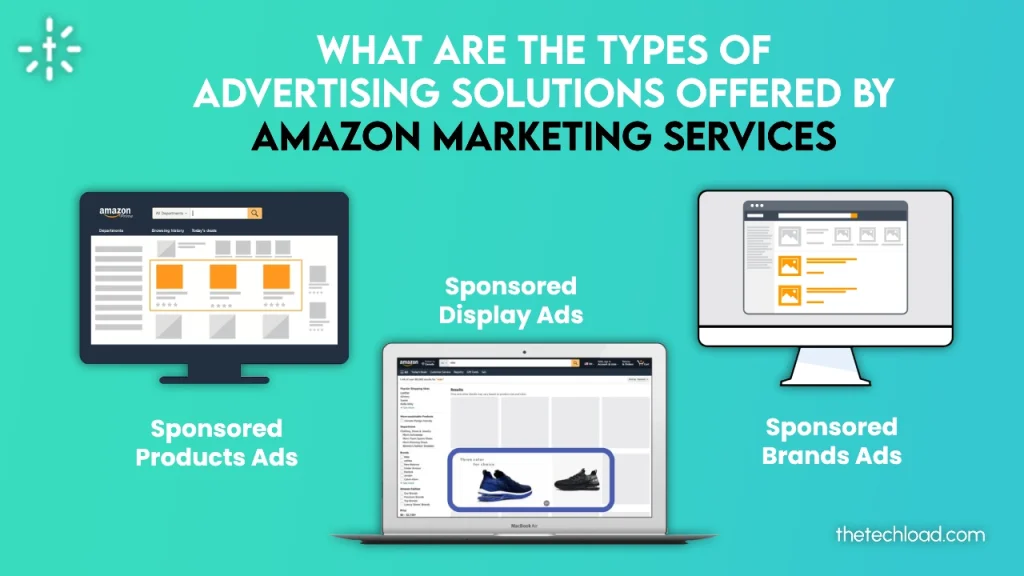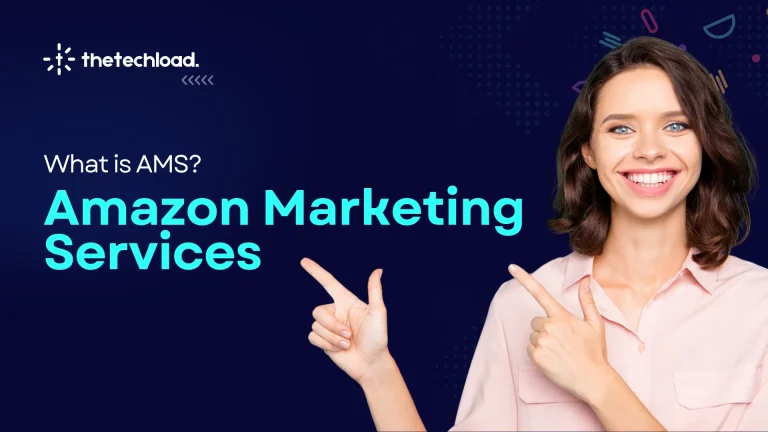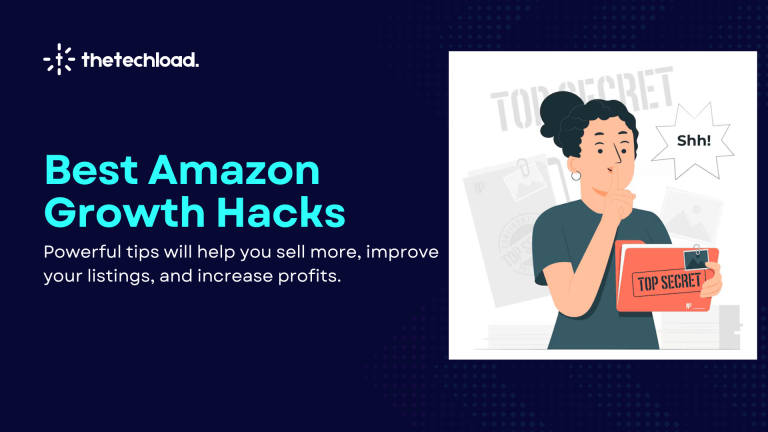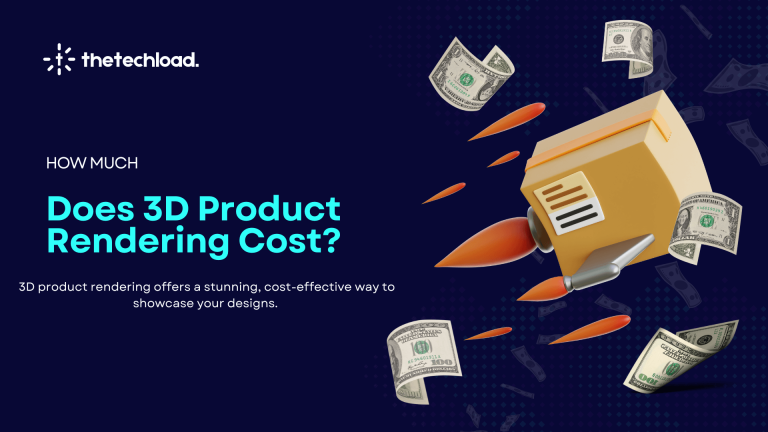Amazon Marketing Services (AMS) is a powerful tool for sellers looking to boost their product visibility on Amazon. With millions of customers shopping daily, AMS can help you stand out in the crowded marketplace. However, many sellers struggle with managing their campaigns effectively, which can lead to wasted money and fewer sales.
The main challenge is that your products can easily get lost in the competition without a clear strategy. AMS offers solutions like Sponsored Products, Sponsored Brands, and Amazon Display Ads to help you target the right shoppers and drive more sales.
If you want to make the most out of your Amazon Marketing Services and take your advertising game to the next level, read on. We’ll guide you through the steps to maximize AMS for your business success.
What is Amazon Marketing Services?
Amazon Marketing Services (AMS) is a user-friendly advertising platform that helps sellers promote their products on Amazon. Using a pay-per-click (PPC) model, AMS allows sellers to show their ads to customers based on relevant keywords, products, and interests. This means that your ads will appear to shoppers already searching for items like yours, which can lead to more sales.
For sellers, effective advertising is crucial to standing out on Amazon. However, understanding how to use AMS can be challenging if you’re new to selling. Knowing the basics of AMS is important for anyone planning to sell on Amazon.
How to Qualify for Amazon Marketing Services
You must have an approved Amazon account to access Amazon Marketing Services (AMS). You need at least one of the following credentials:
- Seller Central Account
- Vendor Central Login
- Advantage Central Login
- Vendor Express Login
- Invitation to Represent a Vendor
- Kindle Direct Publishing (KDP) Account
What are the types of advertising solutions offered by Amazon Marketing Services (AMS)?

Amazon Marketing Services (AMS) provides three advertising options:
- Sponsored Products Ads
- Product Display Ads
- Sponsored Brand ads
1. Sponsored Products Ads
Sponsored Products Ads are targeted advertisements promoting individual products within Amazon’s search results and product detail pages. These ads appear when customers search for specific keywords related to the advertised product, allowing sellers to capture the attention of shoppers actively looking to purchase. This ad type is designed to blend seamlessly with organic search results, making it easy for buyers to find relevant products.
Benefits of Sponsored Products Ads:
- Increased Visibility: Stand out in search results, attracting more shoppers.
- Higher Sales Potential: Target buyers actively searching for related items, boosting conversion rates.
- Performance Tracking: Monitor metrics to optimize your advertising strategy.
Cost of Sponsored Products Ads:
- Operates on a pay-per-click (PPC) basis, where you only pay when a shopper clicks on your ad. The cost per click varies based on keyword competition and other factors.
Note: Available to sellers enrolled in the Amazon Brand Registry and vendors and book vendors.
2. Product Display Ads
Product Display Ads are visually engaging advertisements that can appear on product detail pages and across the Amazon network, targeting potential customers based on their interests and shopping behavior.
These ads allow sellers to showcase their products to relevant audiences, increasing the likelihood of engagement and sales. By leveraging eye-catching images or videos, sellers can effectively capture shoppers’ attention as they browse Amazon.
Benefits of Product Display Ads:
- Enhanced Engagement: Include images or videos, making ads more appealing.
- Targeting Options: Target based on customer interests and behaviors for greater relevance.
- Brand Awareness: Build brand recognition and attract new customers.
Cost:
- Operates on a pay-per-click model, where you pay for each click on your ad. The cost varies based on keyword competition.
Note: You must be a seller enrolled in the Amazon Brand Registry or a vendor.
3. Sponsored Brand Ads
Sponsored Brand Ads are a powerful advertising tool that showcases your brand logo alongside multiple products at the top of search results. This ad format enhances brand visibility and allows sellers to promote several products simultaneously, creating a strong brand presence.
By capturing customers’ attention by searching for specific keywords, these ads increase awareness and interest in your brand and offerings.
Benefits of Sponsored Brand Ads:
- Brand Promotion: Display your brand logo and multiple products to increase recognition.
- Higher Click-Through Rates: More prominent placement typically leads to higher engagement rates.
- Targeted Marketing: Focus on specific keywords that resonate with your audience.
Cost:
- Requires a minimum daily budget of $1 and follows a pay-per-click model, where you pay only for clicks.
Note: Available to sellers enrolled in the Amazon Brand Registry, vendors, and agencies.
Additional Advertising Strategies for Brand Registered Sellers
Becoming a registered brand on Amazon offers several advertising strategies to enhance your visibility and increase sales. Here’s a look at some key features available to brand-registered sellers:
Amazon Store
An Amazon Store is a personalized storefront on the platform, allowing you to create a visually appealing, multi-page layout for your brand and products. You can include subcategories, videos, and custom banners to enhance the shopping experience.
Benefits of Amazon Store
- Drive Traffic: Directly leads customers to your Storefront, minimizing competition from other ads.
- Build Brand Awareness: Presents a professional image that helps establish credibility.
- Easy Customization: Offers user-friendly drag-and-drop tools or pre-designed templates at no cost.
Amazon Attribution
Amazon Attribution is a free tool that helps brand-registered sellers track the effectiveness of their off-Amazon marketing efforts. It provides insights into how external channels contribute to your Amazon sales.
Benefits of Amazon Attribution
- Data-Driven Decisions: Identifies which channels drive the most traffic and sales, enabling you to make informed choices.
- Clear ROI Metrics: Measures off-Amazon campaigns’ return on investment (ROI).
- Optimize Strategies: This helps you adjust your marketing based on real performance data.
Amazon Live
With Amazon Live, you can engage with customers through live streaming on Amazon’s homepage or your product pages. This interactive feature lets you showcase your products in real-time and answer customer questions.
Benefits of Amazon Live
- Real-Time Interaction: Connects you directly with your audience, fostering engagement.
- Exclusive Promotions: Offers unique deals during live streams to encourage immediate purchases.
- Community Building: Cultivates trust through direct communication with viewers.
How to optimize and manage Ads
Smart Budget Management
Managing your budget wisely is essential when optimizing ads through Amazon Marketing Services (AMS). Make sure you allocate enough funds for each campaign and product based on your goals, whether increasing sales or building brand awareness.
Setting daily budgets for longer campaigns helps you control spending while still reaching your target audience. Also, segmenting your audience by their interests and demographics can improve the effectiveness of your campaigns.
Using Amazon’s Targeting Tools
To enhance your ad reach, take advantage of Amazon’s targeting tools. Features like “Automatic Targeting” and “Advanced Targeting” allow you to specify who sees your ads based on different criteria. This way, you can ensure your ads reach people most likely interested in your products, leading to higher conversion rates.
Continuous Testing
Regular A/B testing is crucial for improving your ads. By running different versions of an ad simultaneously, you can find out which one resonates best with your audience. Testing various ad copy, visuals, and formats helps you gather valuable insights to refine your campaigns for better results.
Focusing on the Right Audience
Identifying and targeting the right audience is key to maximizing your return on ad spend (ROAS). By segmenting your audience based on location, age, and interests, you can engage customers more likely to buy. Creating a strong keyword strategy is important for reaching potential customers actively, searching for your products, and ensuring your ads are relevant and impactful.
Analyzing Campaign Performance
Regularly checking how your ad campaigns perform is vital for optimizing your budget. Generating detailed reports lets you track important metrics like impressions, clicks, and cost per click (CPC). With AMS providing real-time data, you can quickly adjust your strategies based on what’s working and what’s not, ensuring you make the most of your advertising dollars.
Pro Tip: For effective ad campaign management, check out Amazon PPC Management and How It Works to enhance your optimization efforts.
Trying Different Ad Formats
Exploring various ad formats can help determine which types work best for your products or services. Experiment with options like headline search ads, display ads, and sponsored product ads to see which formats lead to higher conversion rates and better ROAS. This helps you tailor your advertising approach for maximum effectiveness.
Optimizing Your Bids Regularly
Regularly adjusting your bids is another key part of managing your ads effectively. Monitor factors like competition and keyword popularity to fine-tune your bidding strategy. Using automated rules in AMS makes it easier to adjust bids without having to do it manually for each one.
Using Negative Keywords
Incorporating negative keywords into your campaigns is a smart way to avoid wasting money on irrelevant searches. Regularly updating your negative keyword list helps you stay in tune with market trends and changes in customer behavior. You can significantly boost your ad campaign’s performance by refining your keyword strategy and reducing irrelevant traffic.
How to Set Up Amazon Marketing Services (AMS)
If you’re an agency assisting an advertiser new to Amazon Marketing Services (AMS) and don’t yet have an AMS account, you can create a new account for your client or Amazon vendor.
Here’s how to do it:
- Visit ams.amazon.com and click the “Register” link in the top right corner.
- Choose “I want to request an invitation to represent a vendor.” if you’re representing a vendor, click “Next Steps.”
- Create a new Amazon account using your work email.
- Input your personal and brand details in the required fields.
- Request access and your account will go through an approval process that can take up to 48 hours.
- After approval, you’ll receive an email notification and can start accessing the AMS dashboard to create campaigns.
What are the Benefits of Using Amazon Marketing Services (AMS)?
Amazon Marketing Services (AMS) provides several key advantages for sellers:
- Increased Visibility: Ads appear prominently at the top of search results, attracting more potential buyers.
- Targeted Advertising: Reach your ideal customers by targeting them based on keywords, interests, and shopping behavior.
- Diverse Ad Formats: Choose from Sponsored Products, Sponsored Brands, and Sponsored Display Ads to meet your marketing goals.
- Performance Analytics: Access real-time metrics to track clicks and conversions, enabling data-driven decisions.
- Cost-Effective: Pay only when someone clicks on your ad, helping you manage your budget efficiently.
- Brand Awareness: Boost your brand’s presence on Amazon, leading to increased recognition and customer loyalty.
- Large Audience Access: Tap into Amazon’s vast user base to expand your reach and grow your customer base.
Conclusion
In conclusion, Amazon Marketing Services (AMS) offers sellers a robust platform to enhance product visibility and drive sales through various advertising options like Sponsored Products, Sponsored Brands, and Sponsored Display Ads.
To access AMS, sellers must have an approved Amazon account, such as Seller Central or Vendor Central, and brand-registered sellers benefit from additional features like Amazon Stores and Attribution.
Optimizing ad performance is essential for maximizing return on investment. Sellers should focus on setting budgets, utilizing targeting tools, testing ad formats, and regularly analyzing campaign performance.
By implementing these strategies, sellers can achieve greater success on Amazon and make the most of their advertising efforts. Overall, AMS is vital for thriving in the competitive Amazon marketplace.
Amazon Marketing Services: FAQs
How do I get started with Amazon Marketing Services?
To start with Amazon Marketing Services, create an approved Amazon account and access the AMS dashboard. From there, you can set up your first ad campaign.
What types of ads are available through Amazon Marketing Services?
Amazon Marketing Services offers several ad types, including Sponsored Products, Sponsored Brands, and Sponsored Display Ads, each designed to increase product visibility.
How does Amazon Marketing Services differ from other advertising platforms?
Unlike other platforms, Amazon Marketing Services focuses specifically on e-commerce, allowing sellers to target consumers actively searching for products on Amazon.
Can small businesses benefit from using Amazon Marketing Services?
Yes, small businesses can effectively leverage AMS to reach a broader audience, boost sales, and enhance brand visibility on a competitive marketplace.
What is the cost of using Amazon Marketing Services?
The cost of AMS varies based on the ad type and budget you set, as most ads operate on a pay-per-click (PPC) basis.
How can I measure the effectiveness of my AMS campaigns?
You can measure campaign effectiveness through Amazon’s reporting tools, which provide metrics like impressions, clicks, and conversion rates to analyze performance.





